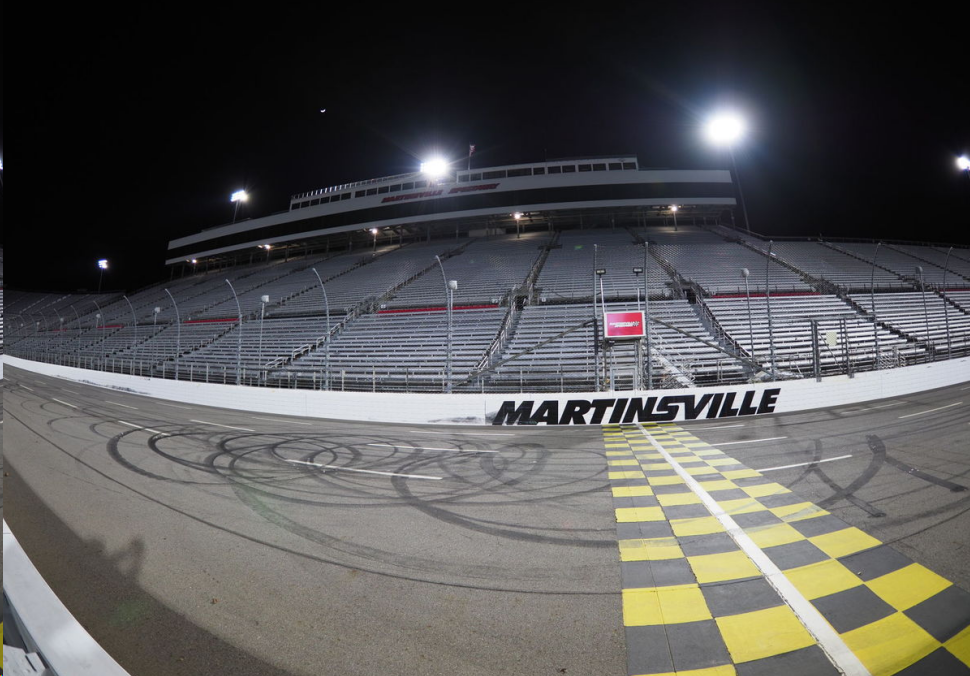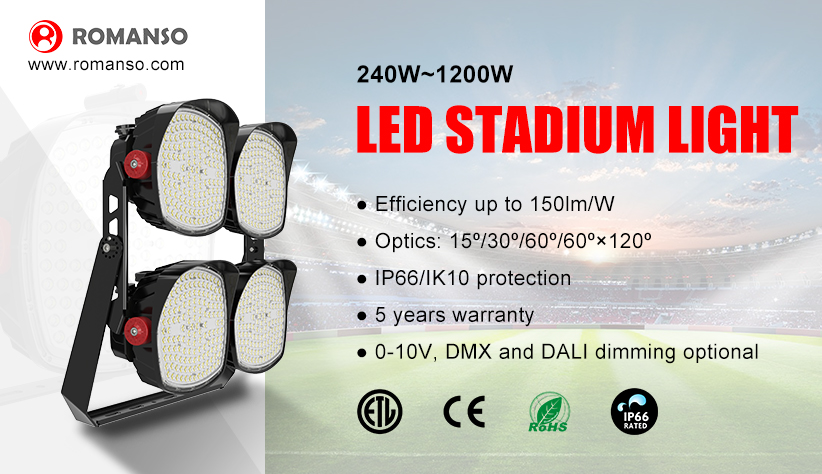Home >> News >> Industry News
Stadium lighting plays a crucial role in the world of sports, not only enhancing visibility for players and officials but also creating an electrifying atmosphere for fans. Over the years, the technology behind stadium lights has evolved significantly, leading to improved performance, energy efficiency, and innovative designs. In this blog post, we will explore the development of stadium lighting, highlight some recent international sporting events, and discuss the future prospects and technological innovations in this field.

Stadium lighting is essential for various reasons. First and foremost, it ensures that games can be played safely and effectively, regardless of the time of day. Proper lighting enhances visibility for players, referees, and spectators, reducing the risk of accidents and improving the overall quality of the game. Additionally, stadium lighting plays a vital role in broadcasting, as high-quality illumination is necessary for television networks to capture the action clearly.
Moreover, stadium lighting contributes to the atmosphere of sporting events. The right lighting can amplify the excitement of a game, create dramatic effects, and enhance the overall experience for fans. This is particularly important in today's world, where entertainment value is paramount.
In recent years, several international sporting events have showcased the importance of advanced stadium lighting. For instance, the 2022 FIFA World Cup held in Qatar featured state-of-the-art lighting systems in its stadiums. These systems not only provided optimal visibility for players but also created stunning visual effects for fans in attendance and viewers at home. The stadiums were equipped with LED lights that could adjust their intensity and color, allowing for dynamic lighting displays during matches.
Another notable event was the Tokyo 2020 Summer Olympics, which took place in 2021. The Olympic Stadium in Tokyo utilized innovative lighting technology to enhance the viewing experience. The stadium's lighting system was designed to minimize shadows on the field, ensuring that athletes could perform at their best while also providing a visually captivating experience for spectators.
The UEFA European Championship 2020, which was held in 2021 across multiple cities, also highlighted the significance of stadium lighting. Iconic venues like Wembley Stadium in London were equipped with advanced lighting systems that enhanced the atmosphere during matches. The ability to create different lighting schemes for various events added a unique touch to the championship.

The journey of stadium lighting technology has been remarkable. Traditionally, stadiums relied on high-intensity discharge (HID) lamps, such as metal halide lights. While these lights were effective, they had several drawbacks, including high energy consumption, long warm-up times, and limited control over light distribution.
In recent years, the transition to LED (light-emitting diode) technology has revolutionized stadium lighting. LED lights offer numerous advantages over traditional lighting solutions. They are more energy-efficient, consuming up to 75% less energy than HID lamps. This not only reduces operational costs for stadium owners but also contributes to sustainability efforts by lowering carbon footprints.
LED lights also provide instant illumination, eliminating the need for warm-up periods. This feature is particularly beneficial for live broadcasts, as it ensures that the lighting is always ready when the action begins. Additionally, LED technology allows for greater control over lighting design, enabling the creation of dynamic lighting effects that can enhance the overall experience for fans.
As technology continues to advance, the future of stadium lighting looks promising. Here are some key trends and innovations that are likely to shape the landscape of stadium lighting in the coming years:
The integration of smart technology into stadium lighting systems is on the rise. Smart lighting can be controlled remotely, allowing operators to adjust the intensity, color, and direction of lights in real-time. This capability enables stadiums to create customized lighting experiences for different events, enhancing the overall atmosphere.
With a growing emphasis on sustainability, future stadium lighting systems will likely prioritize energy efficiency. Innovations in LED technology, such as improved lumens-per-watt ratios and advanced optical designs, will further reduce energy consumption. Additionally, the use of solar panels and other renewable energy sources may become more common in stadium lighting installations.
The integration of augmented reality into sports events is gaining traction, and stadium lighting will play a crucial role in this trend. By synchronizing lighting effects with AR experiences, stadiums can create immersive environments that engage fans in new and exciting ways. Imagine a game where the lighting dynamically responds to player movements or highlights key moments through visual effects.
The development of sophisticated control systems will allow for greater precision in managing stadium lighting. These systems will enable operators to program complex lighting sequences for different events, ensuring that every aspect of the lighting design is executed flawlessly. This level of control can enhance the overall production value of sporting events.
As the competition for fan engagement intensifies, stadium lighting will continue to evolve to enhance the overall experience. This may include the use of interactive lighting displays, where fans can participate in creating lighting effects through mobile apps or social media interactions. Such innovations will foster a deeper connection between fans and the events they attend.

Stadium lighting has come a long way, evolving from traditional high-intensity lamps to sophisticated LED systems that enhance the visibility and atmosphere of sporting events. Recent international competitions have demonstrated the significance of advanced lighting technology in creating memorable experiences for players and fans alike.
Looking ahead, the future of stadium lighting is bright, with innovations in smart technology, energy efficiency, and fan engagement set to shape the industry. As we continue to embrace technological advancements, stadium lighting will play an increasingly vital role in illuminating the world of sports, ensuring that every game is not just a contest of skill but also a spectacular visual experience.